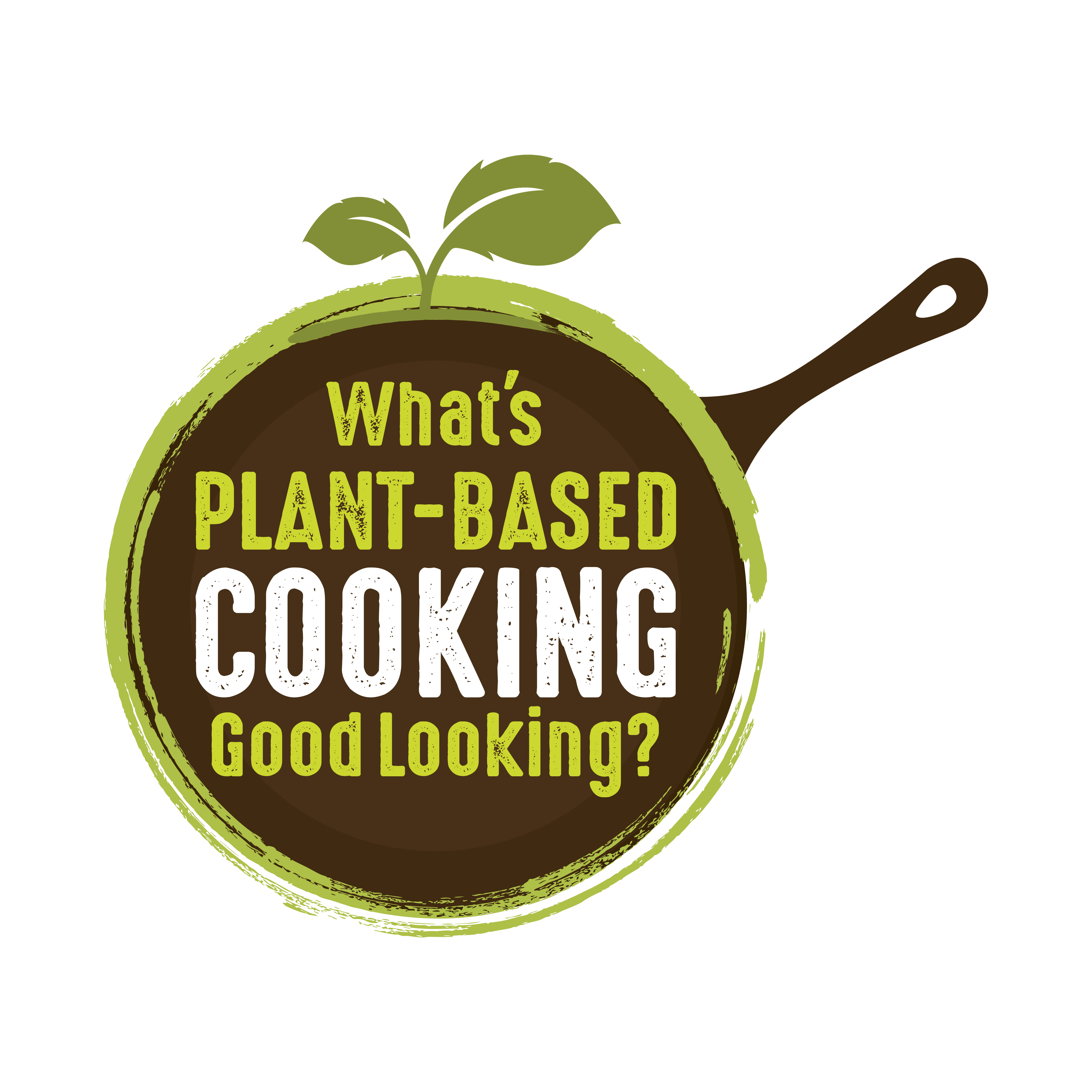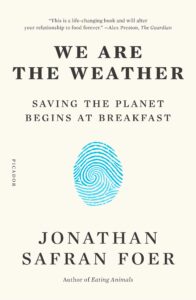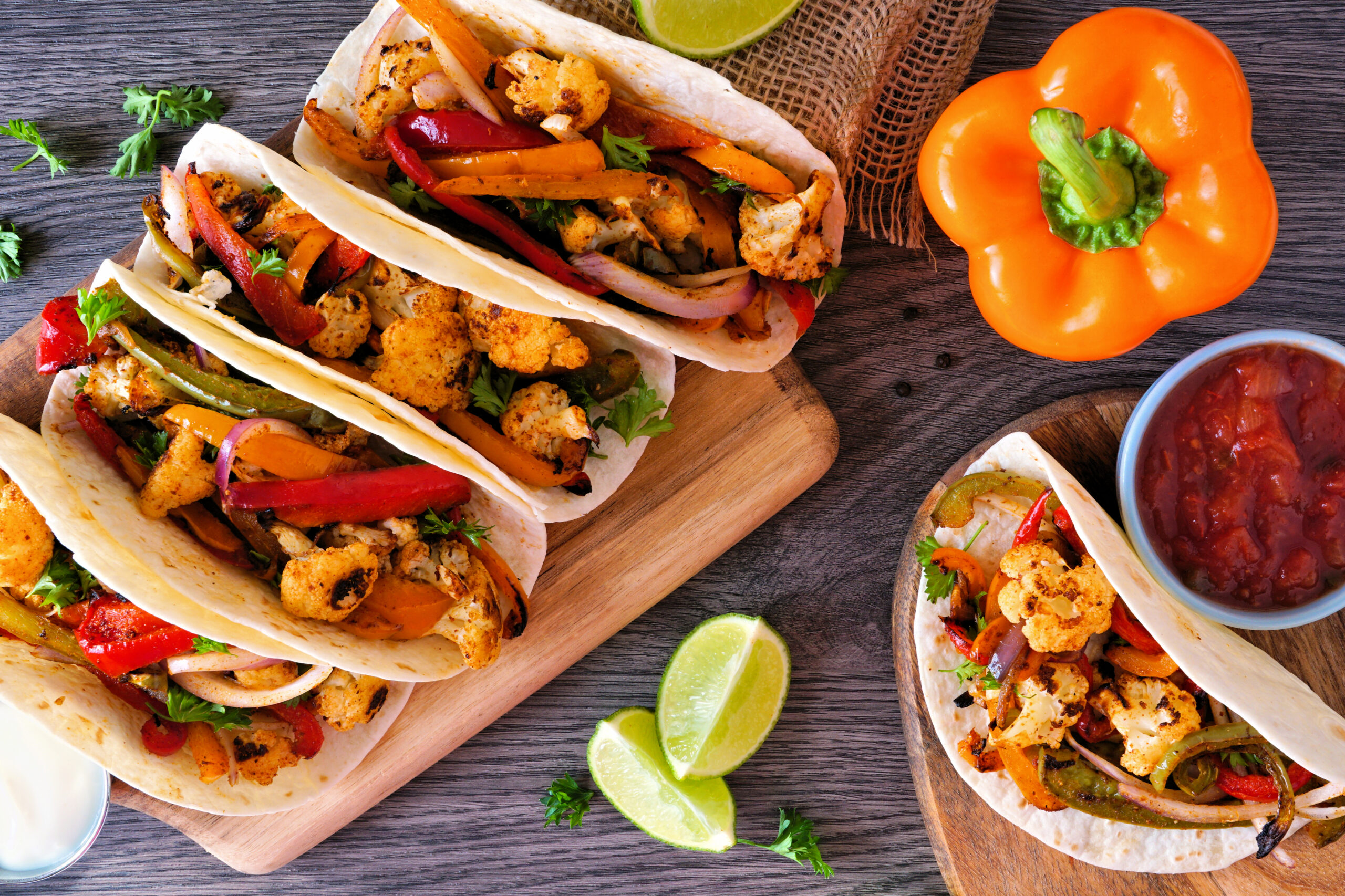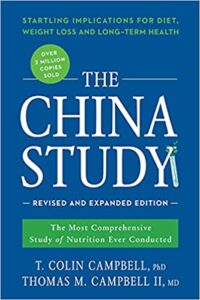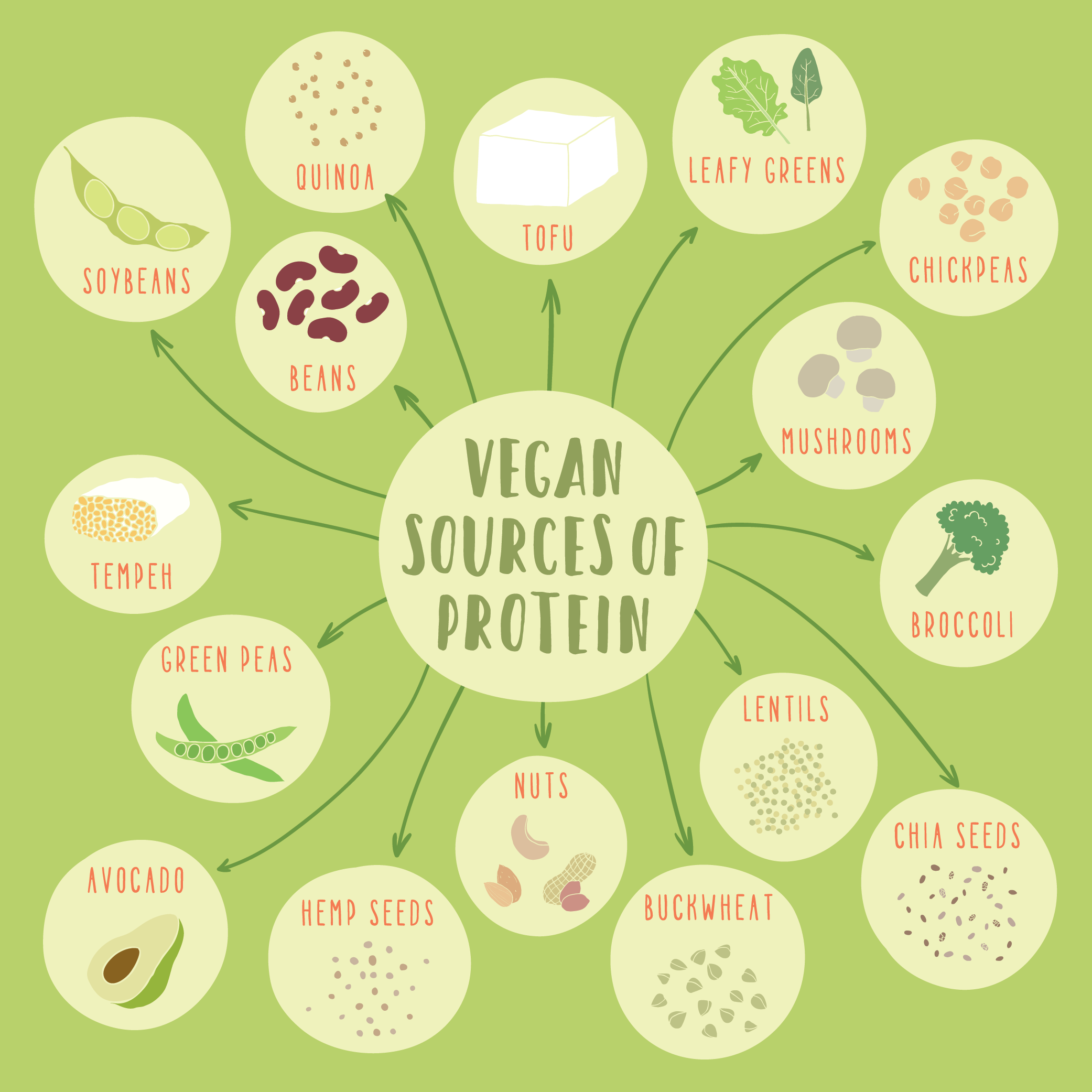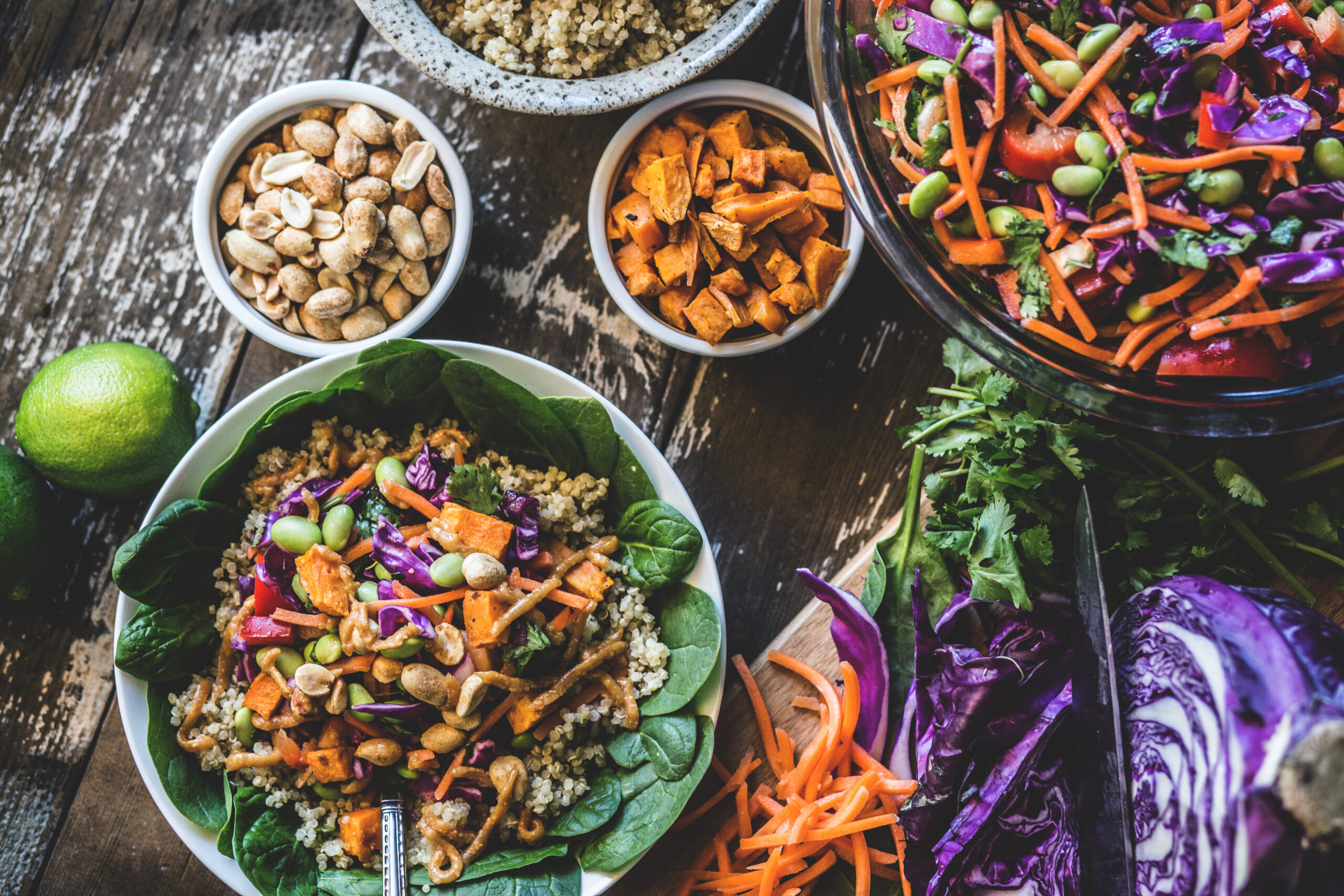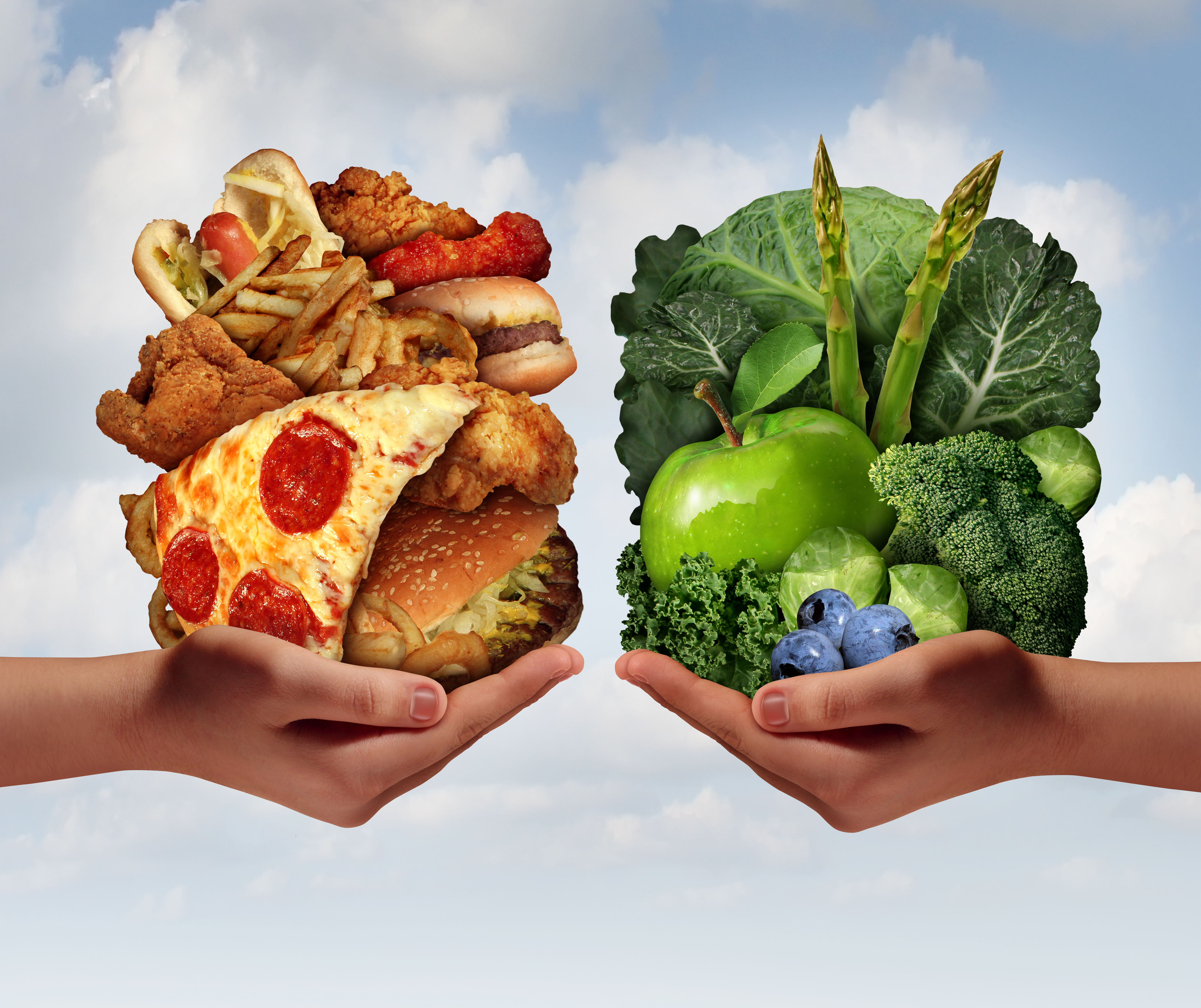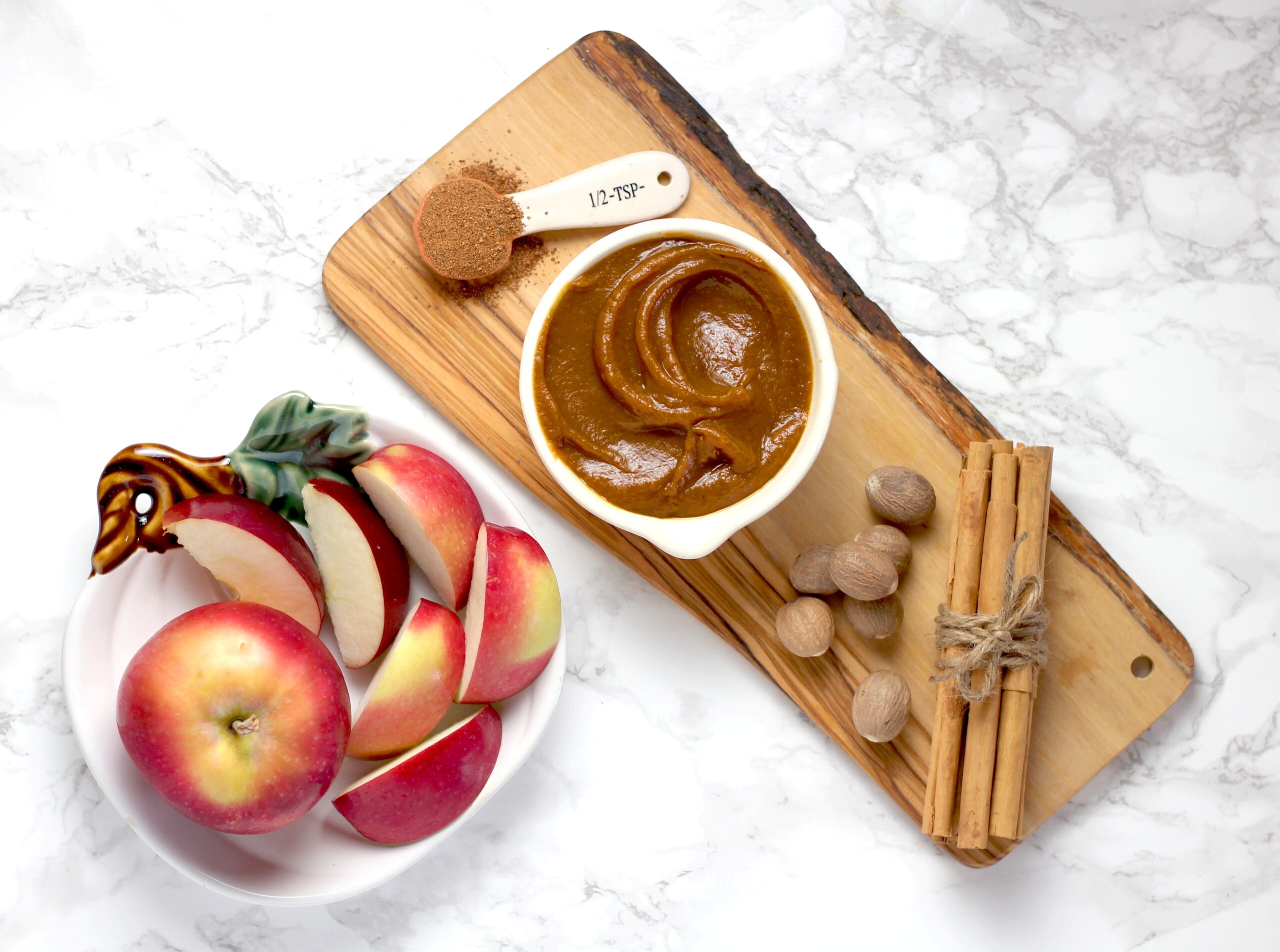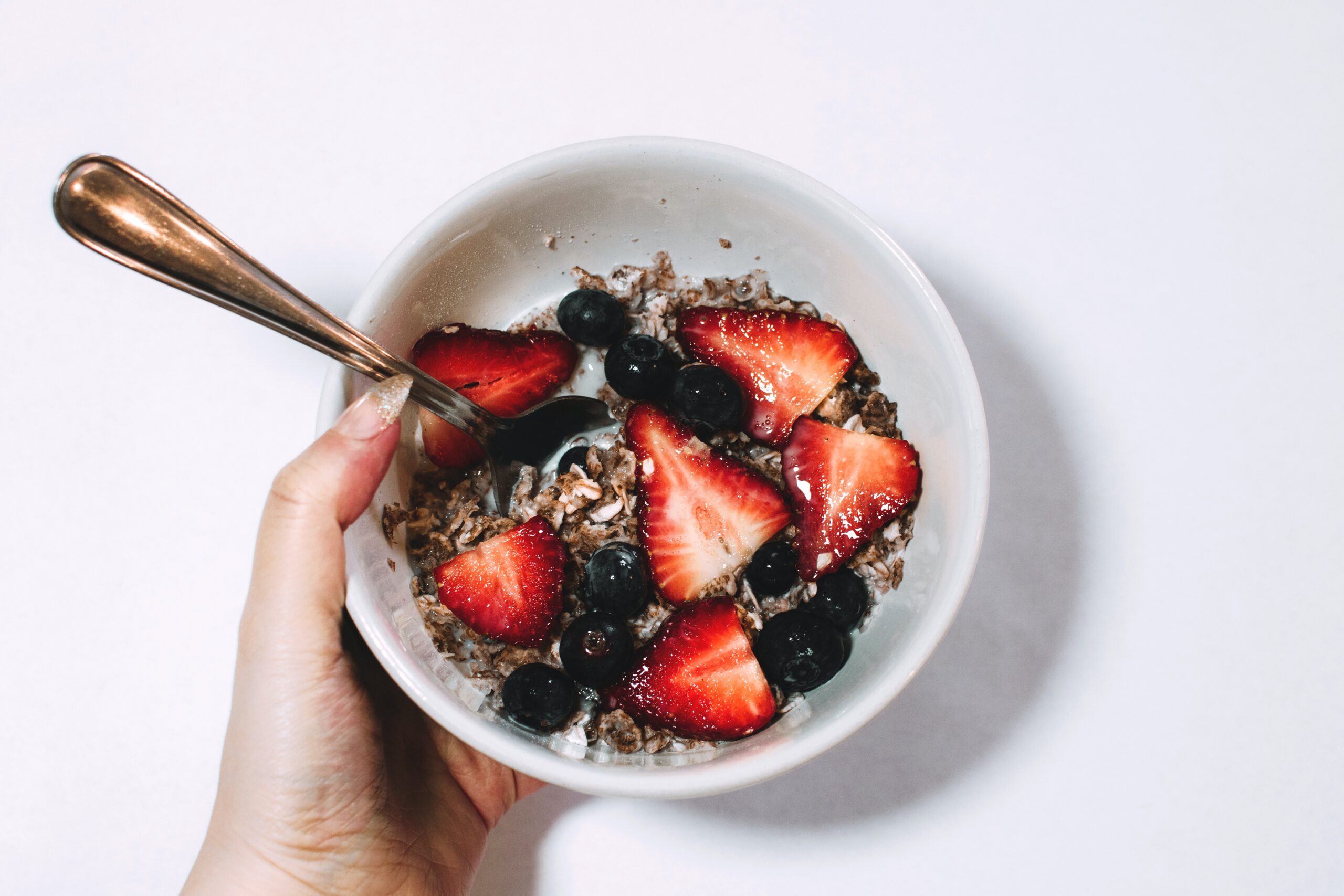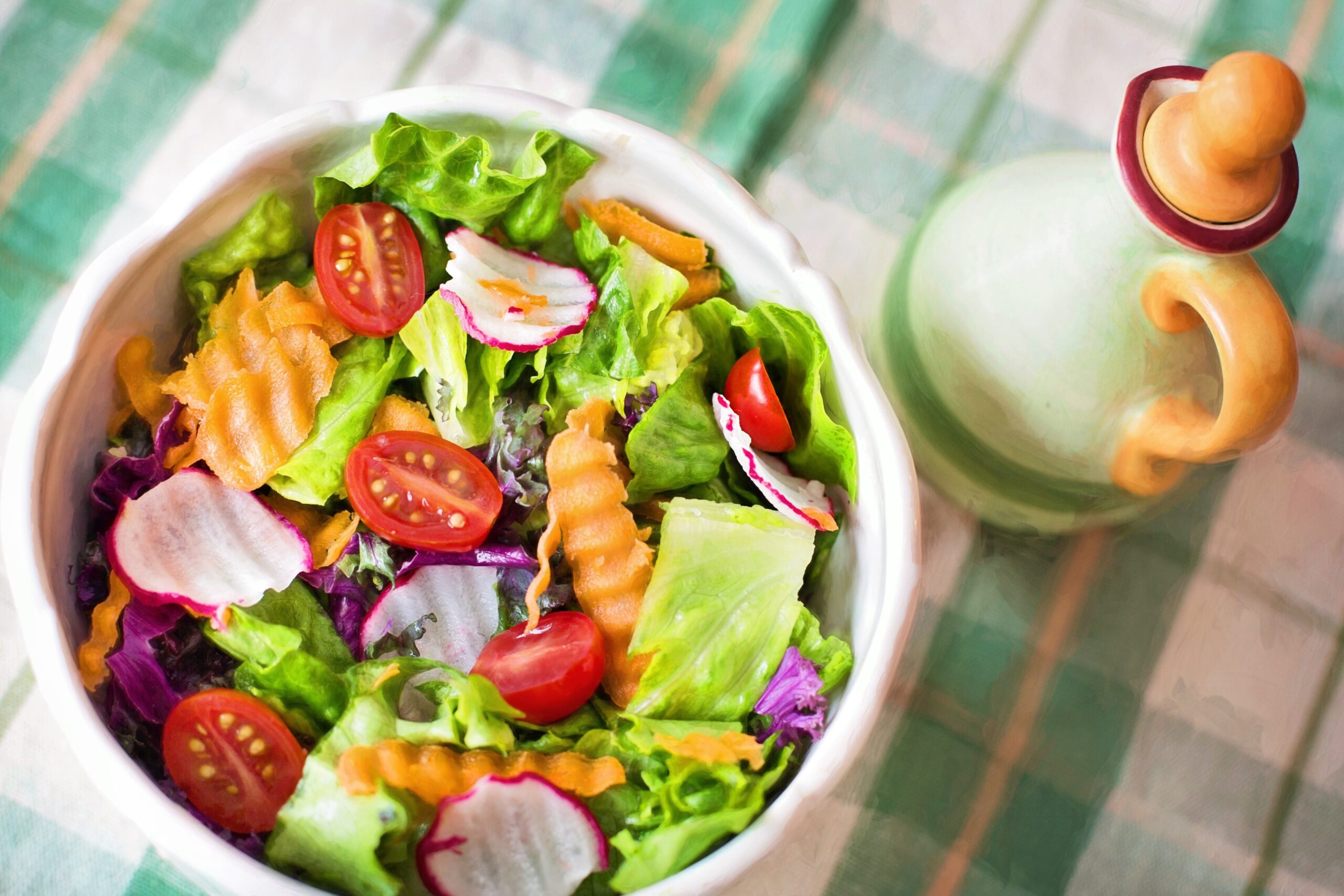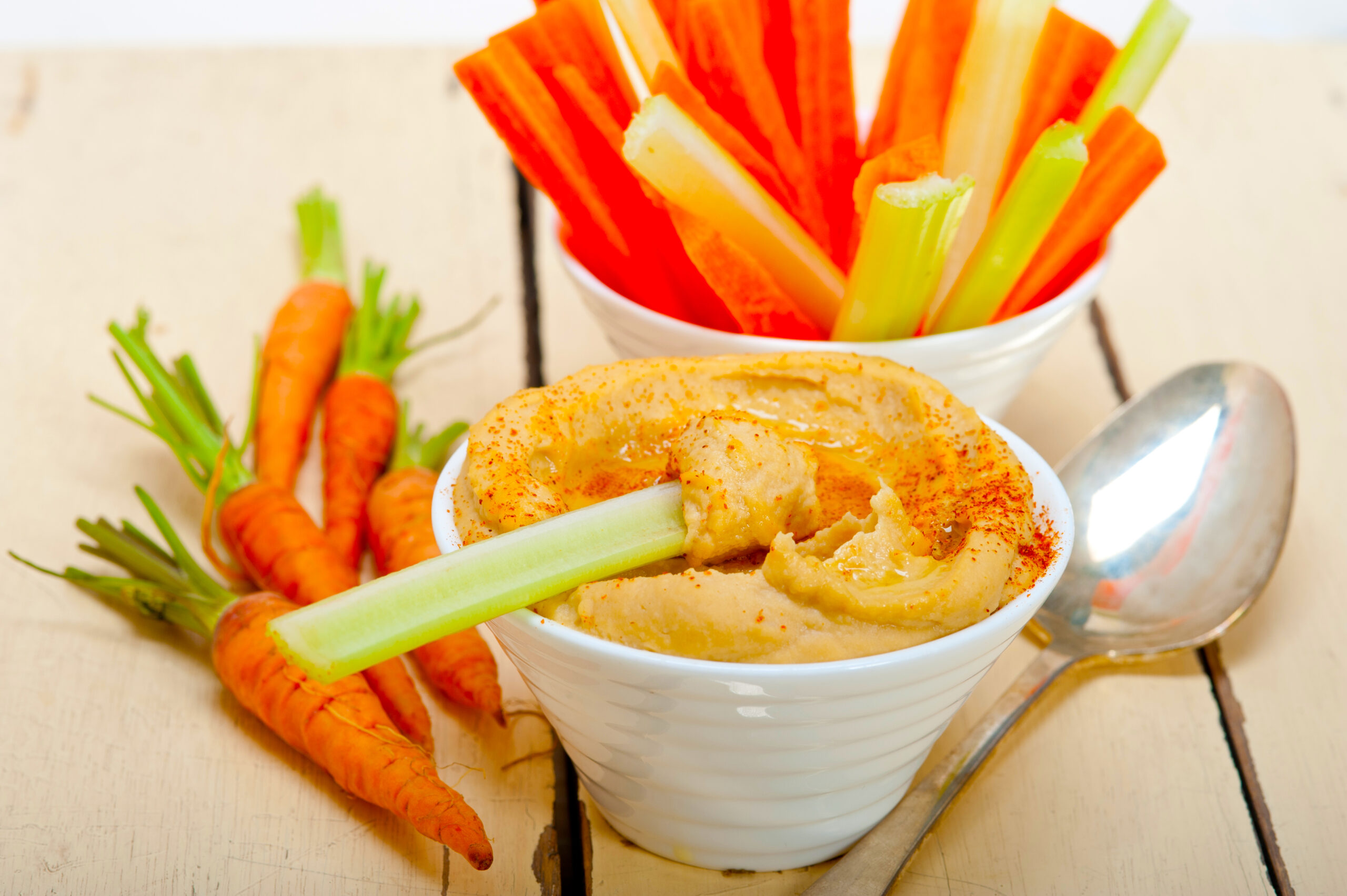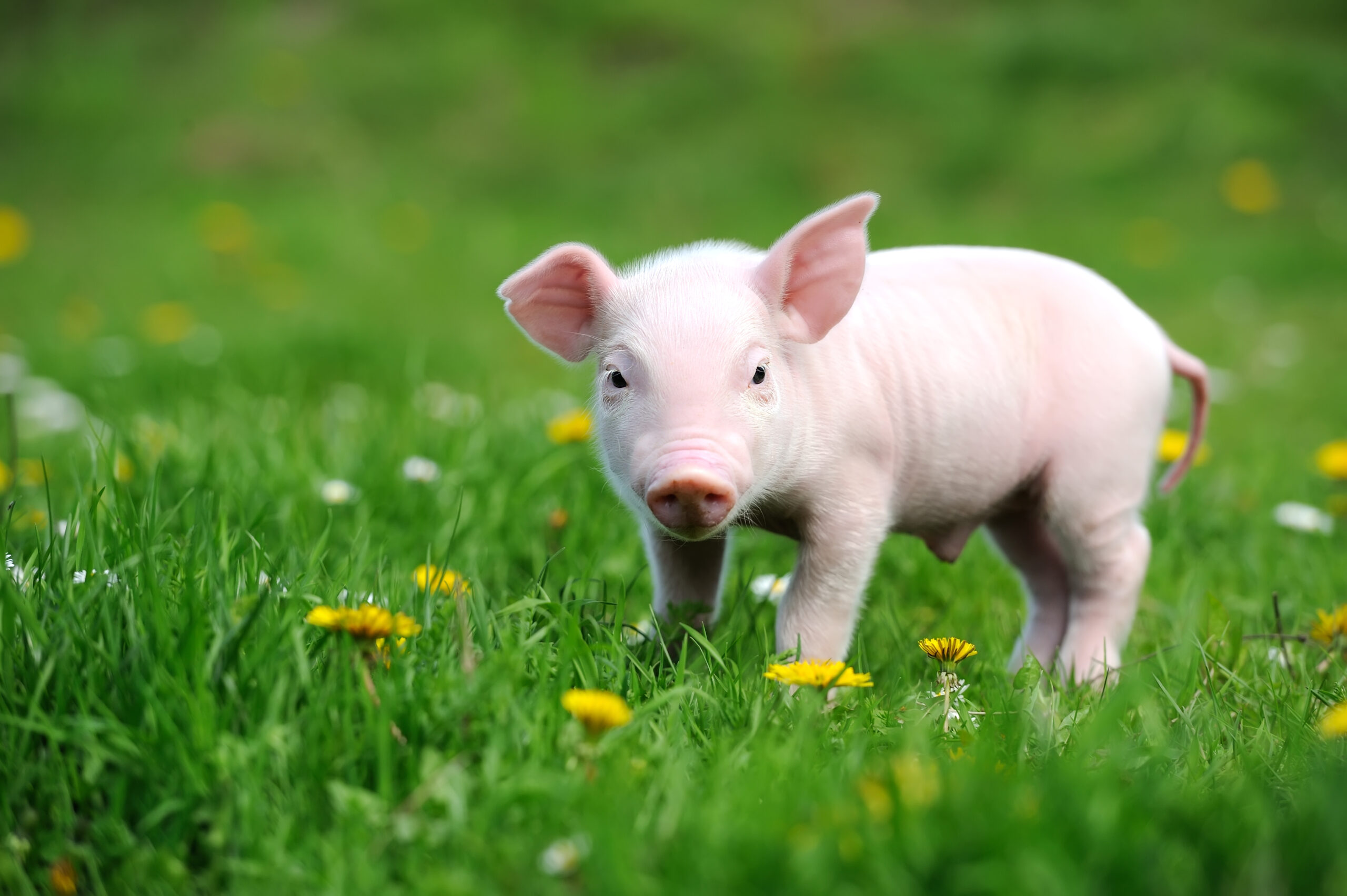
Our Moral Obligations to Animals- in the New York Times
Nicholas Kristof is one of the leading New York Times columnists. If you read the NY Times, you are likely familiar with his work. We read his book A Path Appears in grad school. Kristof generally writes about politics and international affairs. He is amazingly talented and insightful.
Yet, he just published a piece called: The Truth About Your Bacon in the Times. It’s a huge departure from what we are used to from Kristof. The article exposes some of the horrors of the pig industry.
And I just realized that he has written three other articles about animal welfare and agriculture in the last few months.
Why has Nicholas Kristof turned his attention to animal welfare? Here is his response to a comment that appeared under the online article:
“I think that there is a broad reassessment of our moral obligations to the animals we eat. Evidence of that is a NY Times columnist writing not just about politics or international relations, but also about animal welfare — that would not have happened when I first joined the Times in 1984. So I see an arc of progress.”
Yes! An arc of progress. Discussions about our moral obligations to animals are in our mainstream news. Nonetheless, our mainstream western diet still eclipses moral obligations.
The ease of eating the way we’ve always eaten makes it too comfortable to make shifts.
- We are accustomed to grabbing meat and eggs at the supermarket.
- We are accustomed to familiar tastes and textures.
- We are accustomed to cooking meals we’ve always cooked.
- We are accustomed to celebrating with certain foods.
- We don’t wish to be the person in our social circle to be different.
- We believe that eating animals is health promoting, or possibly not a big deal.
- There are way more options when dining out or traveling for meat eaters.
- We haven’t stopped to question our choices.
There are plenty more reasons, but these are just a few that I’ve noticed from my clients and people in my plant-based and vegan community.
I understand this!
Morality around the treatment of animals was brought to my attention when I read Animal Liberation in college in the 80’s. But I chose (not necessarily consciously but chose nonetheless) to continue eating animals despite an inner knowing that it was wrong.
I can choose to feel guilty for all the years that I wasn’t following my inner compass, or I can offer myself some compassion. The same compassion that I offer people that I work with who are not yet vegan or plant-based.

It just so happens that when we follow our moral obligations to animals (choosing plant-based), that we are potentially opting for a healthier lifestyle for ourselves. And this all contributes to a reduction in environmentally damaging animal agriculture as well.
If you haven’t already, I encourage you to read the article. If you have questions or need support with next steps because you feel a tug at your heart to make a change, I am available.
p.s. I wasn’t brave enough to use the NY Times image of the pig and her piglets in captivity. The image I shared at the top is how I envision our compassionate world. Pigs and other animals cared for and seen as the sentient individuals they are.
